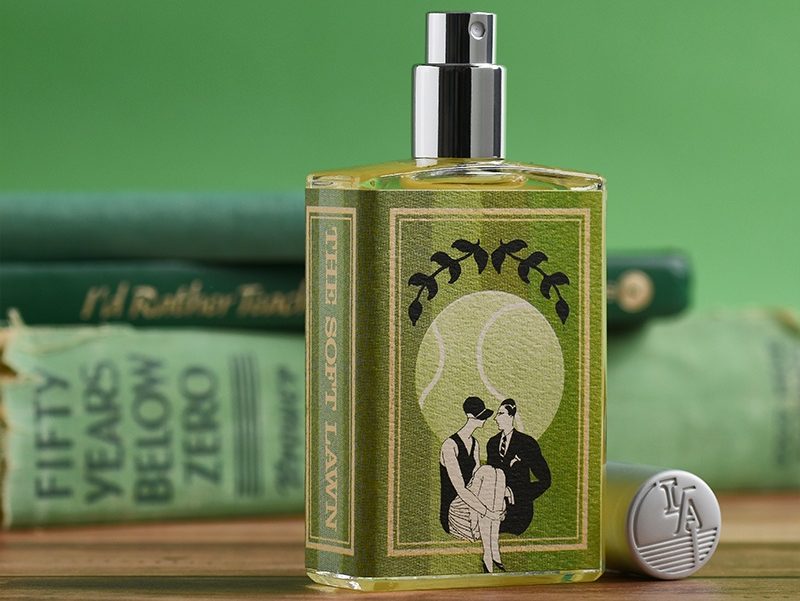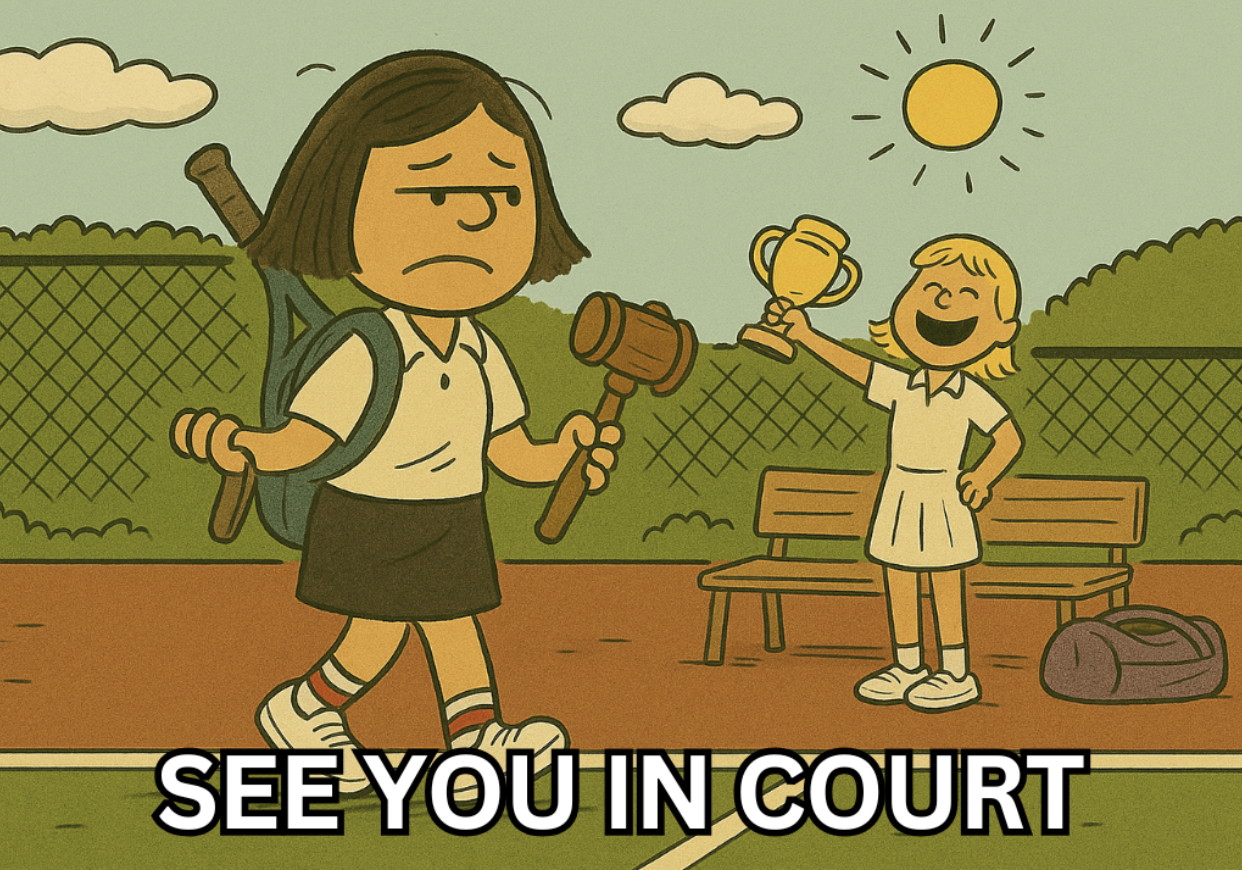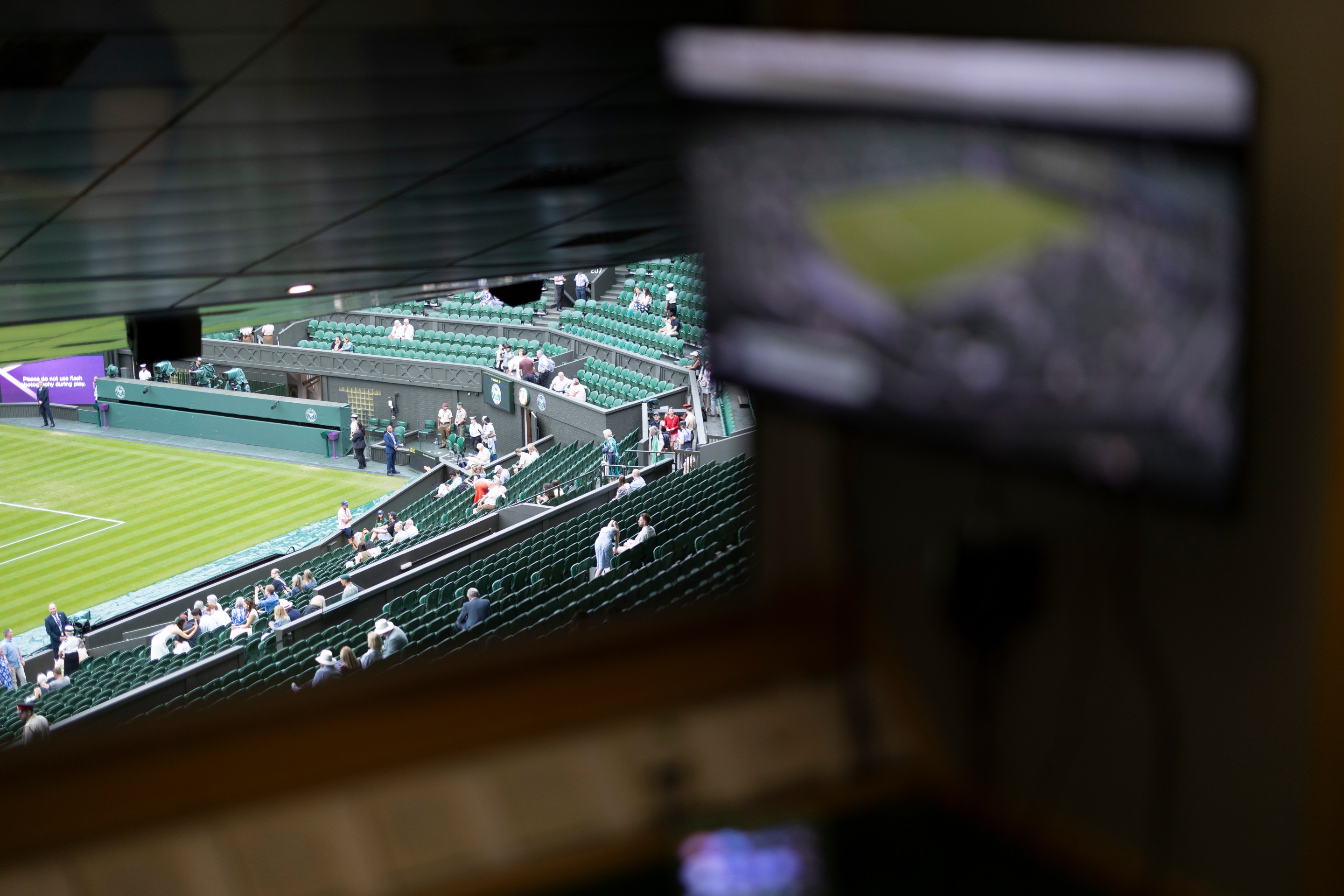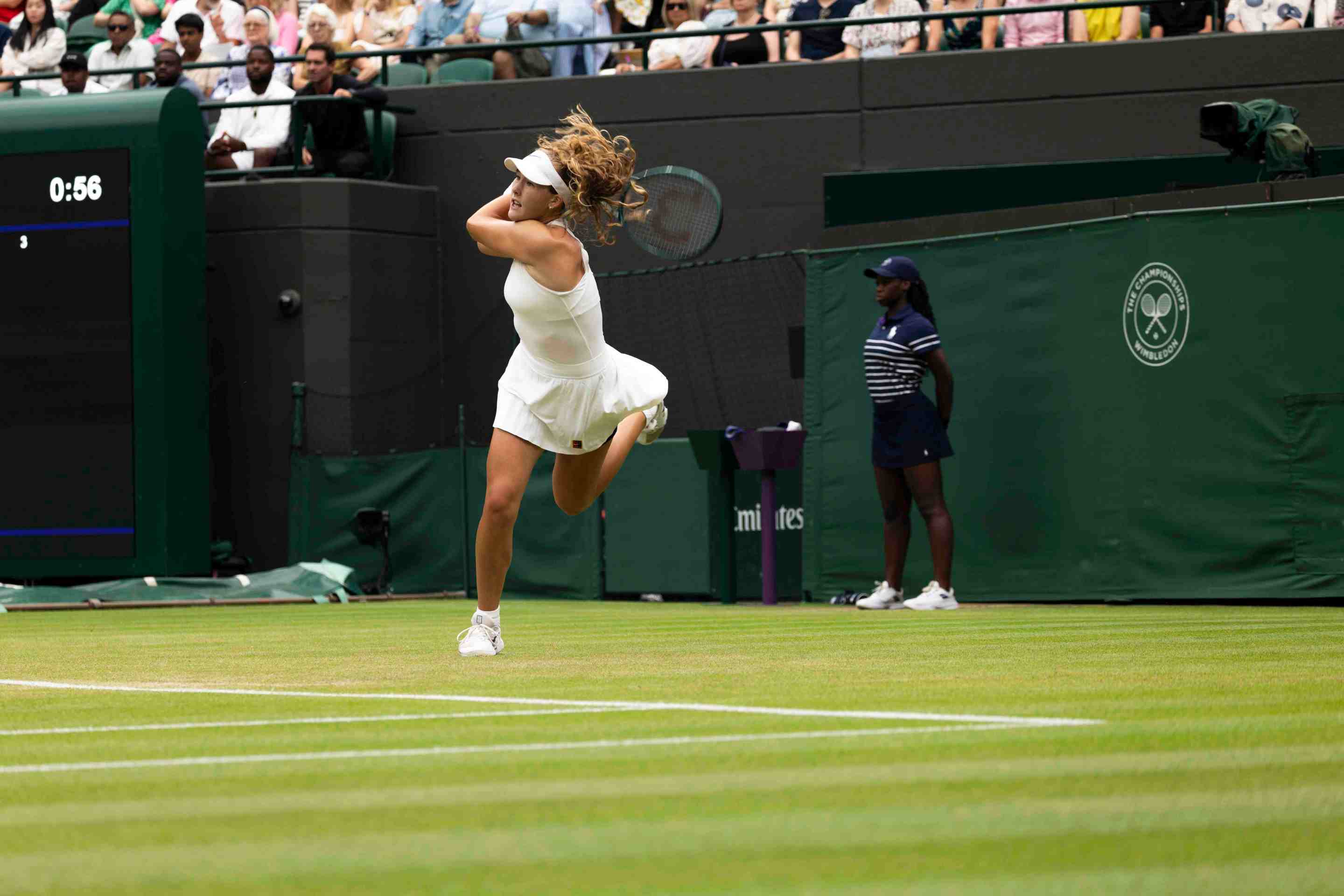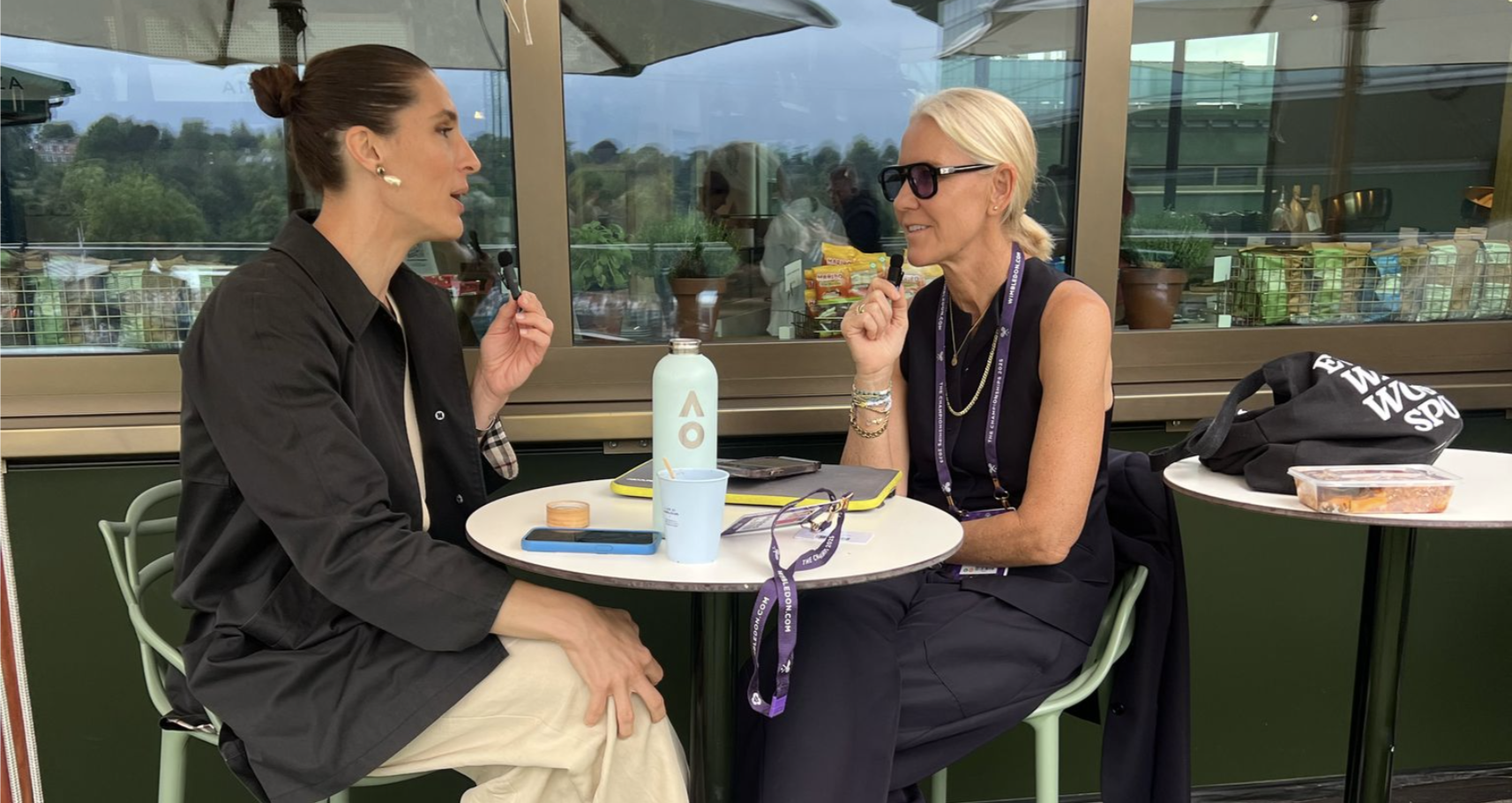1996
When the U.S. Open Planted Some Bad Seeds
Pete Sampras puked.
That’s the defining moment, twenty years later, of the 1996 U.S. Open. In the fifth set tiebreak of his quarterfinal encounter against Spain’s Alex Corretja, defending champ Sampras spilled his guts on the green hardcourt of Louis Armstrong Stadium. (Arthur Ashe Stadium would debut the next year.) “He is a hurtin’ cowboy right now,” John McEnroe said from the USA Network commentary booth. Stooped and sickly, Sampras not only saved a match point at 6–7 in the tiebreak, but went on to win the match, plus the semi and final, for his eighth Grand Slam title.
But Sampras’ regurgitation on the side of the court was actually nothing compared with the mess that was caused two weeks earlier by the U.S. Open’s organizers. For reasons that were at best clueless and at worst scheming, the tournament decided to deviate from the ATP’s official computer rankings and seed players in the draw according to a formula of their own creation.
Subjective seeding is a custom practiced at Wimbledon. Not that it’s free of controversy there—Corretja, in fact, boycotted the tournament in 2000 when he was denied a seed despite his No. 11 rank—but the All-England Club uses a precise mathematical calculation to determine its seeds based on the players’ previous two years of grass-court prowess. It’s consistent, if unfair. But the U.S. Open’s 1996 abstract theorem, its own organizers admitted, was based on their prediction of the tournament’s outcome.
Perception-wise, there was a big problem with that. All the ranking-versus-seeding switcheroos favored the home court. Granted, two decades ago American men’s tennis was robust, with six players in the top 15, as opposed to zero as of midsummer this year. But Chang’s bump from No. 3 to No. 2 (at the expense of real No. 2 Thomas Muster) and especially Andre Agassi’s elevation from eighth to sixth seed were widely speculated as an attempt to give Chang and Agassi a better chance to reach the semifinals, along with No. 1-ranked Sampras. And by doing so, boost TV ratings for the tournament’s marquee final weekend.
U.S. Open officials denied any such impropriety. Yet the optics were positively awful, especially since, to make matters worse, the seed shuffling was announced after the 128-player draw. If the tournament had explicitly wanted to give the impression that it was stacking the deck, they couldn’t have done a better job. (The women’s seeds were not altered.) Muster, the Austrian who won the 1995 French Open, was unabashed in his criticism.
“You can’t make the draw and then put the seeds in then,” he told the press.
“It’s like cheating…. It’s just to put Agassi not to face Sampras in the quarters.”
- Louis Armstrong Stadium in 1996.
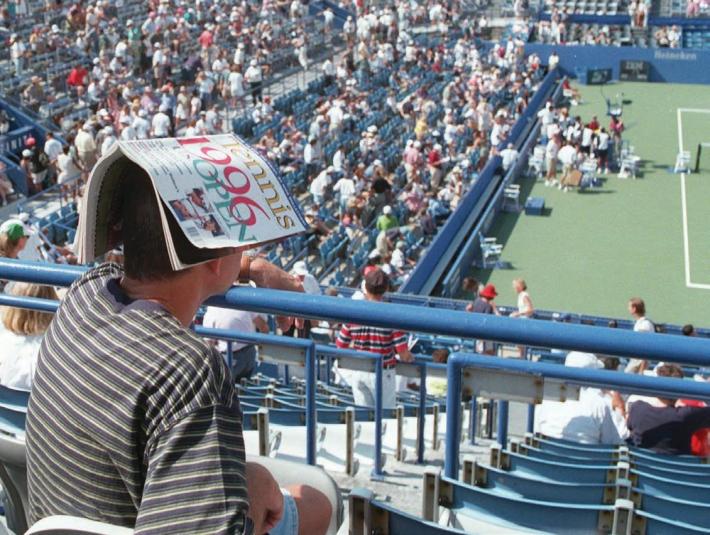
Muster wasn’t alone. “It is an insult to the players, to the ATP rankings, and to the game,” unseeded Ukrainian Andrei Medvedev told The New York Times. Yevgeny Kafelnikov, that year’s winner of the French Open, took his irritation a step further. The Russian player, who would have taken over the No. 1 ranking if he’d won the tournament, was demoted from fourth to seventh seed—and responded by boycotting the event. “I was completely shocked when I heard what they had done to me,” Kafelnikov said at the time, citing his better- than-average hardcourt record. “I’m going home because I don’t want to be part of a tournament that does things like that.”
And so, in an unprecedented aboutface, the tournament decided to keep its seedings but redo the entire draw, the sports equivalent of a jury purge. At a press conference immediately after the second draw ceremony, USTA president Les Snyder expressed his embarrassment. “The integrity of the tournament is the most important,” he said. “I wish [the first draw] hadn’t happened.” The seed tampering, indeed, never happened again at the U.S. Open—even in subsequent years when some in the tennis community were advocating for it. In 2002, Sampras was seeded a lowly 17th, though he had won the championship four times and had reached the final the past two years. (He went on to win the title that year.) In 2011, Chris Evert questioned the USTA’s judgment in seeding Serena Williams in the 28th spot, per her WTA ranking. (Williams reached the final.) Numbers are stubborn things, but 1996 taught the U.S. Open something that the world would come to realize over the next two decades. The computer is always right.
Joe McGovern is a correspondent for Entertainment Weekly magazine, where he writes about film.
Featured in Racquet Issue No. 1
